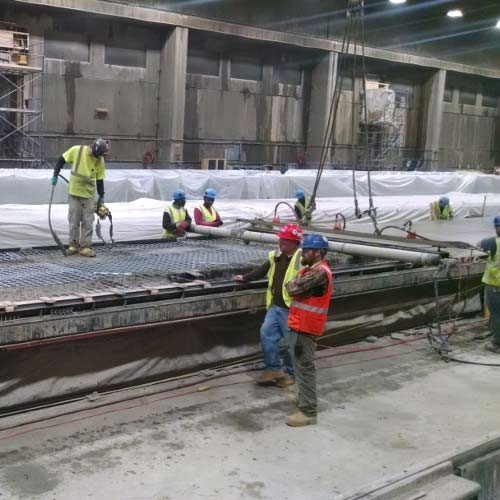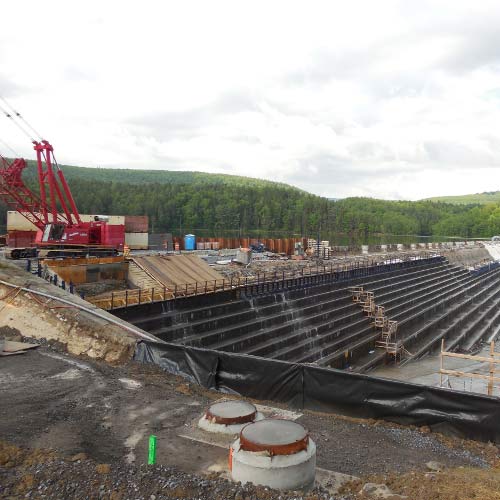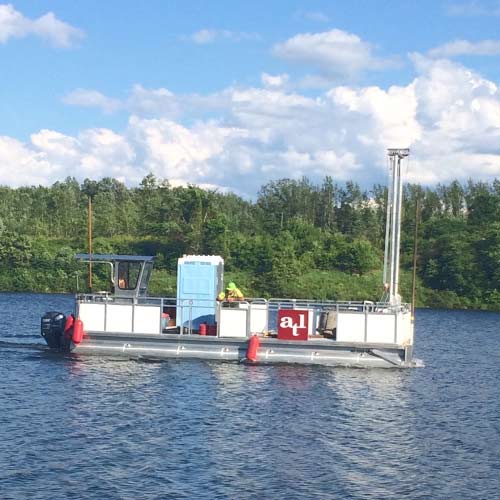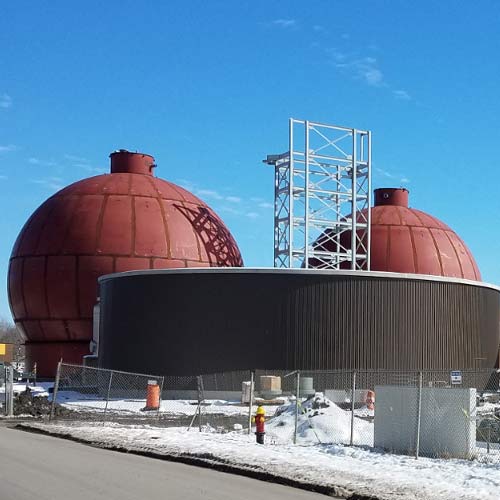Click the following link to view the PDF of this paper: Atterberg Limits of Fine-Grained Soils

Brian T. Barnes, PE
Senior Engineer
Atlantic Testing Laboratories
In geotechnical engineering, the Atterberg Limits are simple and rapid tests utilized to classify fine-grained soils and to evaluate engineering properties, such as compressibility, permeability, shrink/swell, and shear strength of those soils. The tests performed in a geotechnical laboratory determine the moisture contents where a fine-grained silt or clay soil’s behavior changes between a solid and liquid state. The two most common Atterberg Limits are the liquid limit (LL) and plastic limit (PL), determined in accordance with ASTM D4318 “Standard Test Method for Liquid Limit, Plastic Limit, and Plasticity Index of Soils”. The plasticity Index (PI) is the numerical difference between the LL and PL that represents the range of moisture contents where the soil behaves plastically. The different soils states are illustrated below.
Plastic limit: The plastic limit (PL) is defined as the water content at which the behavior of a fine-grained soil changes from a semi-solid state to a plastic state and is determined by rolling out a thread of the soil. If the soil is at a moisture content where its behavior is plastic, this thread will retain its shape down to a very narrow diameter. The plastic limit is defined as the moisture content where the thread breaks apart at a diameter of about 1/8 inch. A soil is considered non-plastic if a thread cannot be rolled out down to 1/8-inch diameter at any moisture content.


Liquid limit: The liquid limit (LL) is defined as the water content at which the behavior of a fine-grained soil changes from the plastic state to the liquid state. The transition from plastic to liquid behavior is gradual over a range of water contents. Soil is placed into the metal cup and a groove is made down its center with a standardized tool of 2 mm width. The cup is repeatedly dropped 10 mm onto a hard rubber base at a rate of 120 blows per minute, during which the groove closes gradually. The moisture content at which it takes 25 drops of the cup to cause the groove to close is defined as the liquid limit. The LL, along with a soil’s natural moisture content, is often utilized to evaluate potential foundation settlement due to consolidation of a fine-grained soil in geotechnical foundation design.
Plasticity index: The plasticity index (PI) is the difference between the liquid limit and the plastic limit that represents the range of water contents where the soil exhibits plastic behavior. Soils with a high PI tend to have a high clay content, whereas those with a lower PI tend to have a lower clay content. Additionally, fine-grained soils with a PI greater than 15 are considered potentially expansive soils per the Building Code of New York State.
From a geotechnical engineering standpoint, fine-grained soils with relative high PI and natural moisture contents generally exhibit higher compressibility and shrink/swell potential, with lower shear strength and permeability characteristics.
If you need to evaluate engineering properties of fine-grained soils, ATL, a WBE certified company, can assist you from one of our geotechnical laboratories, located throughout New York State.
For more information, contact Brian Barnes, PE at 315-735-3309, info@atlantictesting.com, or visit AtlanticTesting.com.
|
ASSOCIATED SERVICES
|
 |









































